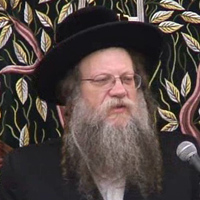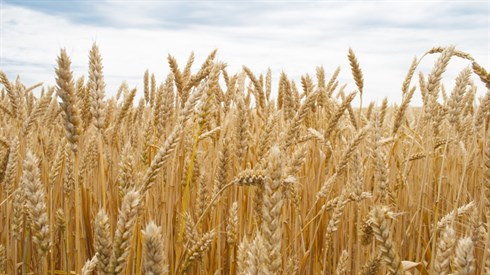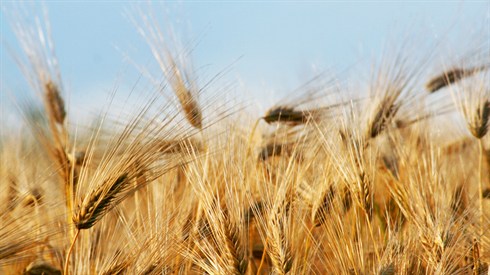44
When Jerusalem was chosen, not only was it elevated in standing, but all other places experienced a disqualification. This concept is referred to in Divrei Hayamim (I, 22:1): "David said: This is the House of Hashem, the Lord, and this is the altar for sacrifices for Israel." This is to exclude other places. In fact, among the halachot that this impacts is that once "the place" begins operating as the center of service of Hashem, it becomes forbidden to bring sacrifices in any other place, as is spelled out in our parasha.
Chazal (mishna, Zevachim 14:4-8) spell it out as follows: "Before the Mishkan (Tabernacle) was erected, bamot (private altars) were permitted … Once the Mishkan was erected, the bamot were forbidden… They came to Gilgal (after crossing the Jordan), bamot were permitted… They came to Shilo (long-time home of the Mishkan), the bamot were forbidden … They came to Nov and Givon (after the destruction of the Mishkan in Shilo), the bamot were permitted … They came to Jerusalem, the bamot were forbidden and they no longer [had the chance] of being permitted."
Jerusalem was chosen not only by Hashem, but also by the Nation of Israel (Ramban, Parashat Shoftim). This happened after David succeeded in uniting the nation, as found expression in the fact that there was only one army.
The choosing of Jerusalem had, among other things, a historical and a geographic rationale. Historically, although at the time of Yehoshua, the city was captured and burned (see Yehoshua 10:23-26; ibid. 12:10; Shoftim 1:7-8), it remained a non-Jewish city (see ibid. 1:21). No Israelite tribe settled there until the time of David, and, in fact, the halacha is: "Jerusalem was not divided up among the tribes" (Yoma 12a). This helped enable it to be the city of all and the city of peace between all parts of the nation.
Geographically, Jerusalem is situated on the border between the regions assigned to the tribes of Yehuda and Binyamin (see Yehoshua 15:5). The "watershed line" was the border; nowadays it goes down Yafo Street, from Davidka Square to the Central Bus Station and along Route 1 to the west. North of this line belongs to Binyamin; south of it belongs to Yehuda. Since Binyamin is a child of Rachel and Yehuda is the leader of Leah’s sons, this makes the city ideal for national unity.
We now can answer the question from our title. Choosing one place for worship of Hashem to the exclusion of others can cause religious concerns to take a step back. Considering the centrality of korbanot in those days, imagine closing all shuls in the world except the Kotel! Nevertheless, the added national unity took precedence over religiosity. "Built-up Jerusalem, as a city that was connected together" (Tehillim 122:3) – it connects all the parts of the nation, and it connects Jerusalem on Earth with Jerusalem on High. When unity wins, the service of Hashem is also elevated, strengthened, and receives greater significance and depth.

Pirkei Avot between Pesach and Shavuot
Rabbi Berel Wein | 5769

Interesting Chol Hamoed Questions
Rabbi Yirmiyohu Kaganoff | Tishrei 12 5781

5. Weddings and Engagements during the Omer Period
Chapter 3: Customs of Mourning during the Omer Period
Rabbi Eliezer Melamed | Tishrei 30 5782

Morning Prayer Times
Rabbi Eliezer Melamed | 5764
Daf Yomi Makkot Daf 12
R' Eli Stefansky | 22 Nisan 5785
Daf Yomi Makkot Daf 9
R' Eli Stefansky | 19 Nisan 5785

The Solution to 'Risky' Intellectual Topics
Ayn Aya, Shabbat v, 72
Rabbi Ari Shvat | Nisan 5785






